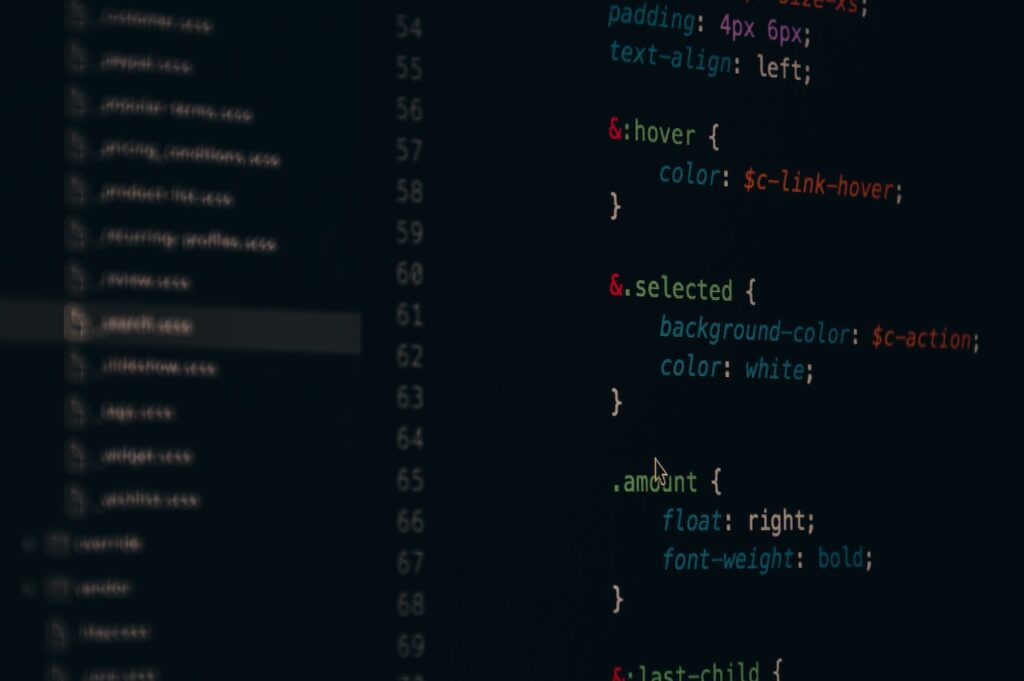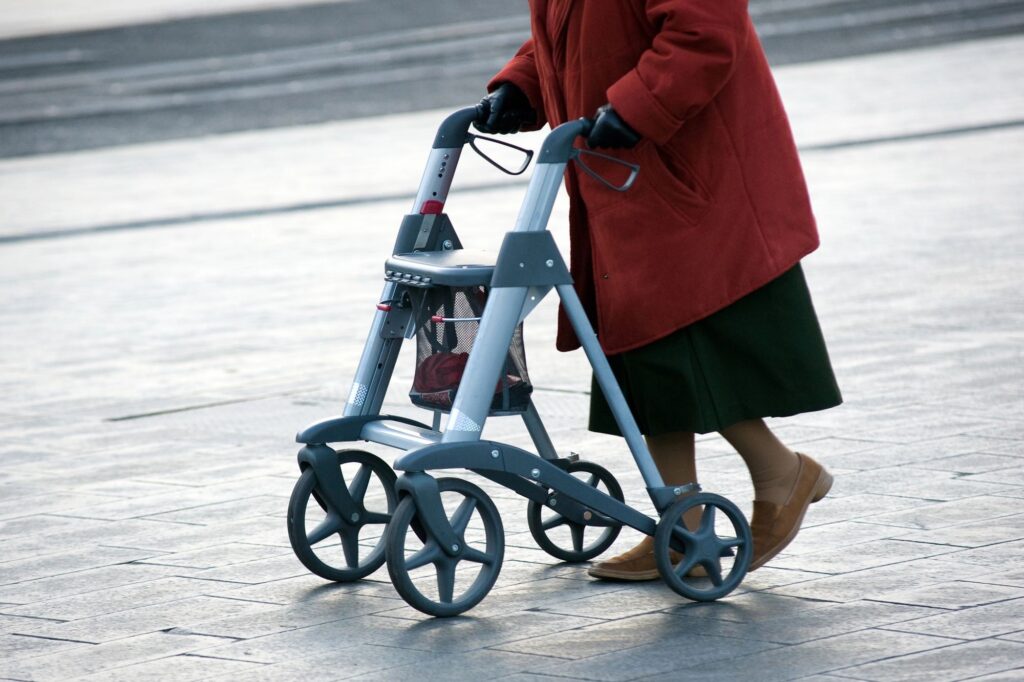A contest held by Tel Aviv University to help people with Parkinson’s disease who suffer from freezing of gait (FOG) episodes not only yielded thousands of entries from around the world, but also provided new insight into the way in which patients experience these episodes – offering improved treatment options.
Parkinson’s is a progressive, neurological disorder that affects some 10 million people around the world. It hits both the nervous system and the areas of the body that are controlled by it, and its symptoms include tremors and motion difficulties.
Prof. Jeff Hausdorff, an expert in the fields of gait, aging and Parkinson’s disease who led the contest, described FOG as a debilitating and so far unexplained phenomenon that affects between 38-65 percent of Parkinson’s sufferers.
Hausdorff is a member of the Department of Physical Therapy at TAU’s Faculty of Medical and Health Sciences and the Sagol School of Neuroscience, and runs the Center for the Study of Movement, Cognition and Mobility at Tel Aviv Sourasky Medical Center (Ichilov).
Each FOG episode can last between a few seconds to more than a minute, he said, during which the patient feels like their feet are “glued” to the floor, making it impossible for them to begin or continue to walk.
The disorder has a major impact on a patient’s quality of life and can often lead to falls and even injuries.
The contest asked researchers in machine learning from around the world to develop a model for a wearable sensor that can provide ongoing automated monitoring of these FOG episodes in the home.
Hausdorff said that wearable sensors backed by machine learning would be able to monitor and quantify these episodes, allowing for an accurate, constant picture of a patient’s condition.
This would also allow physicians to observe whether the disease had progressed or improved and its response to medication, he explained, potentially helping in the development of new therapies.
Amit Salomon, a researcher at Sourasky who also worked on the project, explained that current diagnosis and tracking for FOG episodes relies on questionnaires filled in by the patients themselves, as well as observation by clinicians and in-depth analysis of video showing the patients walking.
But while the latter is the reliable and accurate “gold standard,” she said, it is labor intensive and time consuming, and not practical for monitoring patients in their own homes.
Around 25,000 entries were submitted to the contest, which had a $100,000 prize for the best solutions that was jointly provided by Kaggle, a Google company that conducts international machine learning competitions, and the Michael J. Fox Foundation for Parkinson’s Research.
Sign up for our free weekly newsletter
SubscribeKaggle was used to host data from existing studies into FOG, involving more than 100 patients and approximately 5,000 episodes of the phenomenon, for use by the entrants.
The winning solution involved a unique combination of machine learning methods, Hausdorff tells NoCamels, performing slightly better than the models that came in second and third place in the ability to accurately detect the FOG events.
“An enhanced ability to objectively and automatically detect and quantify FOG events can inform treatment and help clinicians and patients better evaluate the effects of medications and other therapies on this symptom that profoundly impacts quality of life and independence,” he says.
“Such a system could markedly improve the well-being of patients.”

The detection abilities of the winning models were applied to data collected round the clock for one week, which revealed that there are specific times in a day when a patient is more likely to experience a FOG episode.
This discovery, Hausdorff says, has implications not only for preparing a patient for such an event, in itself a stressful experience, but could also lead to improvements in therapy for these episodes.
Just knowing what to expect can be helpful, for example in reducing stress and anxiety, according to Hausdorff.
“This knowledge can also help with the fine-tuning adjustment of medications and other therapies and help patients to better deal with FOG,” he says.
Hausdorff also has praise for the crowdsourcing nature of the contest, which he calls “a very positive experience” for both contest participants and researchers.
“In a relatively short time, the contest made important and large advances to the field,” he says.
“If other research and clinical questions and challenges can be addressed using contests and crowdsourcing, this type of an approach has a lot of merit. While it may not fit all problems, when it does, it should be considered.”
Related posts

Israeli Medical Technologies That Could Change The World

Harnessing Our Own Bodies For Side Effect-Free Weight Loss

Missing Protein Could Unlock Treatment For Aggressive Lung Cancer




Facebook comments